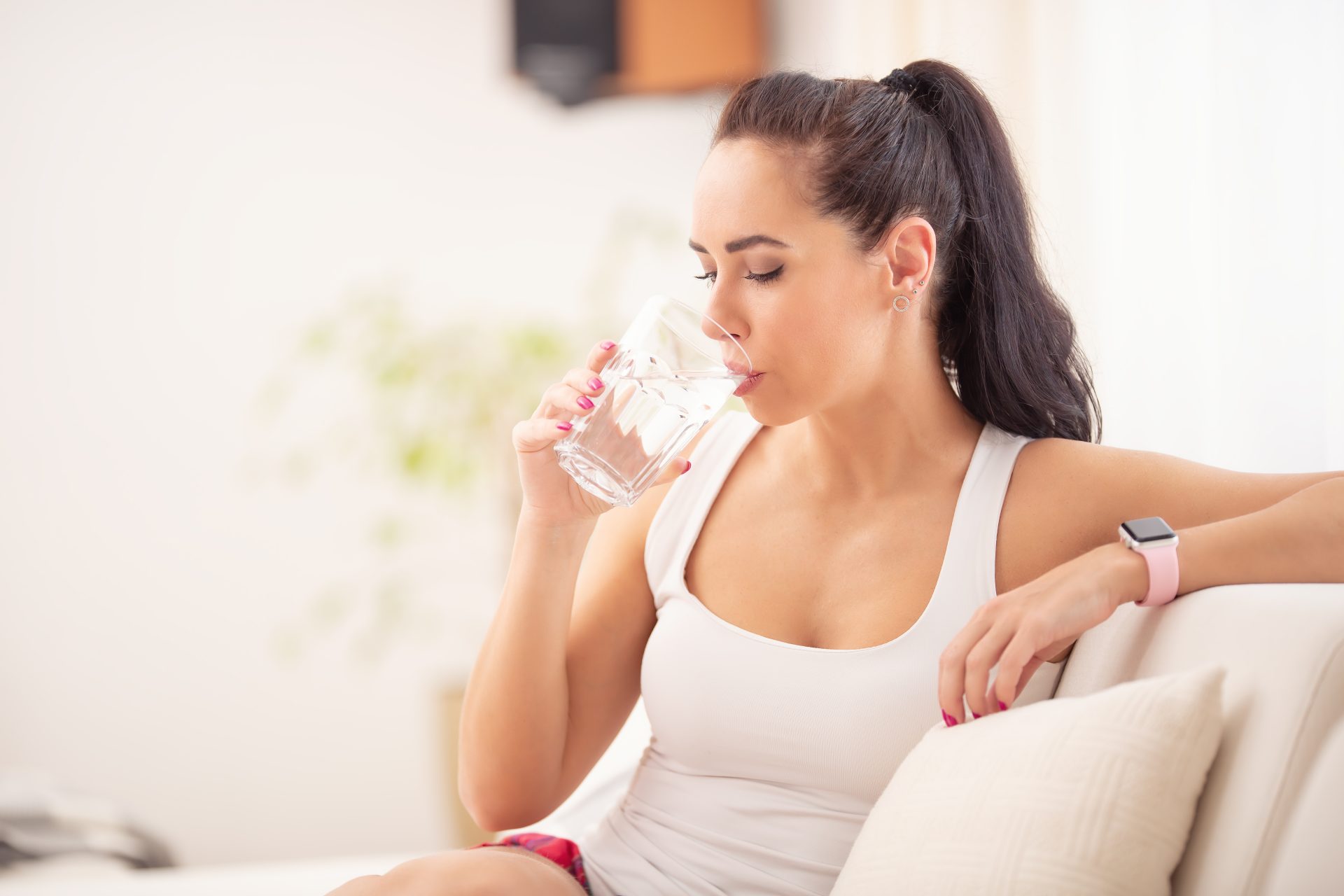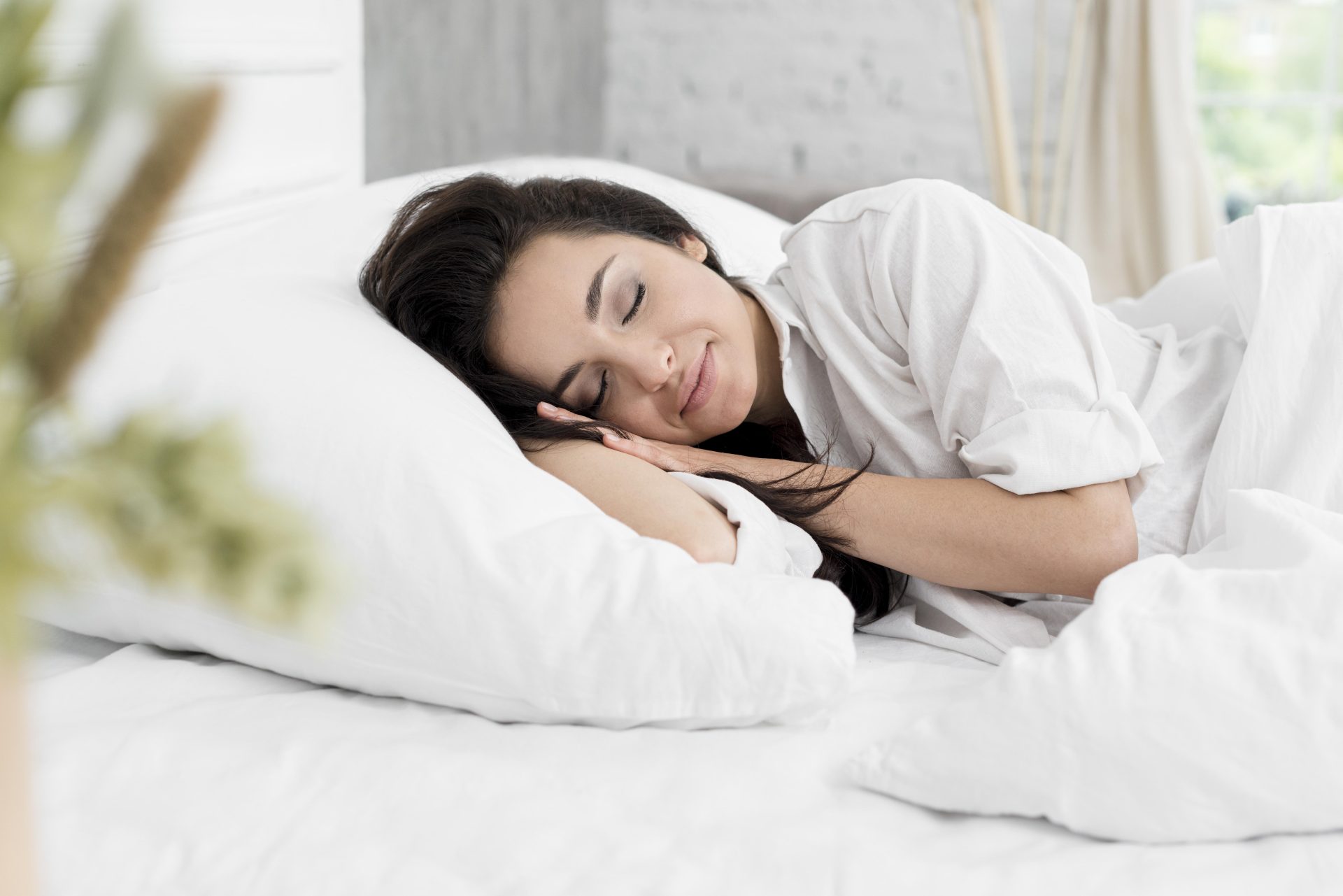Muscle twitching after a workout is quite common after a heavy workout; it can still be off-putting, making you feel comfortable and irritated. Situations like muscle spasms can be alarming, raising fear of any worst situation. Most of these situations are of no concern and are perfectly normal. However, some can be associated with nerve system conditions, and you should see a doctor.
However, several causes make your muscles twitch after a workout, and we will explore them in this article. We will also discuss the reasons and ways to prevent them.
Contents
What is Muscle Twitching?
Muscle Twitching is also known as fasciculation. It is a type of Muscle Spasm causing muscles to contract involuntarily.
It is a short, sudden, and unpainful contraction of skeletal muscles. If it occurs in cramps, it arises as a more sustained and painful twitch.
Nerves control the muscle fibers. When something damages or stimulates the nerves, it gets fired, resulting in a cramp, and causing muscle movement. A person can see or feel the twitch below the skin.
Causes of Muscle Twitching:
There are numerous causes of muscle twitching after workout. Minor twitching may be the result of less serious life-related conditions.
However, severe muscle twitching is often due to consequential causes that need to be considered.
Do you also have a question about why my muscle twitches after a workout?
Here you get the reasons that cause muscle twitching after a workout.
Overexertion:
Muscle Twitching can result from muscle fatigue that triggers twitching and cramps in overworked body muscles.
Due to excess physical activity, the mode of respiration is shifted to anaerobic from aerobic, resulting in lactic acid accumulation in the muscles. Thus, resulting in cramps and spasms.
Electrolytes are essential in maintaining the normal contraction of muscles. Though, due to sweating after a workout, electrolyte imbalance causes muscles to twitch and shaky legs after a workout.
Nutrient Deficiency:
Not getting the correct dose of certain nutrients in the diet can lead to muscle twitching after a workout.
These spasms mainly occur in the eyelids, calves, hands, and arm muscles. The body needs calcium for the proper working of body muscles.
If you want to keep your nerves and muscles healthy, it is crucial to have magnesium in your diet, as it plays a role in transporting calcium across the cell membranes to support muscle and nerve function.
Moreover, vitamin D is the potential requirement to carry the message to and from the brain to the body’s muscles. Thus, having a sound source of vitamin D in your diet is essential.
Overworking Specific Muscle Group:
Overworking a specific muscle group triggers twitching and cramps. If you continue to work on the same muscle every day, it will ultimately max out.
Thus, it is essential to switch things out and make rotations for the muscle groups.
If you are working on the chest and biceps on Monday?
Try to focus on the triceps on Tuesday.
Dehydration:
Body muscles constitute about 75% of water. It helps to carry nutrients and minerals to support the proper functioning of the muscles.
Less water consumption can result in dehydration which can cause muscles to twitch after a workout.
Excess sweating after a workout leads to electrolyte imbalance. Thus, focus on consuming the right amount of water according to your activity.
Stress and Anxiety:
Along with other symptoms, mental health issues are the muscle by excess muscle twitching. Experiencing psychological stress and high level of anxiety give rise to muscle cramps. Muscle spasms resulting from stress and anxiety can occur anywhere in the body.
Not Getting Enough Sleep:
Not getting enough sleep results in the misbalancing of certain neurotransmitters. These neurotransmitters play an important role in transmitting information from the brain to the nerves linked with muscle contraction.
Sleep deprivation results when the level of neurotransmitters rises above normal. Thus, this leads to muscle twitching.
Preventing Muscle Twitching After Workout:
There is no way to prevent muscle twitching after workout. However, adopting certain things can lower the chances of serving muscle twitching.
Eat a Balanced Diet:
Consuming a balanced diet with the right portion of carbs, protein, and vitamins can save you from serving muscle cramps.
A proper diet can maintain the contraction of muscles, preventing muscle spasms.
Limiting Caffeine Intake:
There is an excellent connection between caffeine and muscle spasms. Thus, lower the level of your caffeine intake when you work hard on your muscles.
Get Adequate Sleep:
Getting adequate sleep gives your nerves time to rest. It helps to recover and heal from bodily injury, including muscle twitching.
Thus, 7 to 9 hours of sleep is a must for adults.
Diagnosing Muscle Twitching After Workout:
If you are bothered about muscle twitching after workout, as it takes longer to get back to normal, you should see the doctor.
To ensure that these contractions are due to strenuous exercise, the doctor will ask you some questions to know the detailed history.
You may know the answer to some questions as follows:
- The location of muscle twitching.
- Duration and frequency of muscle twitching.
- It’s onset, and when you notice it for the first time.
- Other symptoms you may be experiencing.
As per the satisfaction of the doctor, he may perform some tests.
- Computed Tomography Scan
- Magnetic Resonance Imaging
- Blood Tests to know electrolyte level.
- Nerve Conduction Studies
- Electromyography to access the muscle health and nerves that are controlling it.
These diagnostic tests can help the doctor know the cause of muscle twitching to prescribe a better treatment.
Treatment for Muscle Twitching After Exercise:
In general, there is no need to go for treatment for spasms and cramps resulting from a workout.
Muscle twitching 2 days after a workout is common. Though, to provide quicker relief, you can go for the treatment mentioned below:
- Give a pause to the activity that leads to muscle twitching.
- Gentle stretch the affected area.
- Muscle massage with the hand or massage roller can prove to be beneficial.
- Apply heat to the cramps or get a nice warm bath.
- Place an ice bag on the twitching area.
- Take painkillers like ibuprofen and acetaminophen.
Conclusion:
To summarize the above information, muscle twitching after a workout is surprisingly common. However, it isn’t very comfortable.
Certain medications can assist you in treating it faster than usual.
Moreover, you can prevent future spam by attaining a healthy lifestyle and increasing your overall fitness level.




